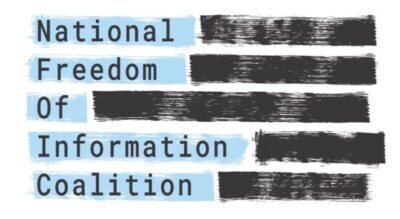When it comes to today’s technology, science fiction rarely remains fiction long. Technology has revolutionized parts of our daily lives, from health care to transportation. Apps on our phones track our fitness and summon Uber rides. With pre-crime technology, law enforcement is poised to leap into the 21st century with data-driven, predictive policing.
Minority Report Jumps Off The Silver Screen
In 2002, the prescient sci-fi thriller Minority Report gave us Hollywood’s version of predictive policing. Psychic “precog” triplets, whose brains are directly interfaced with police computers, provide law enforcement with a view of crimes before they happen.
Data, not psychic energy, drives today’s pre-crime technology. Law professor Andrew Guthrie Ferguson describes predictive policing “as an attempt to apply a public health approach to violence. Just as epidemiological patterns reveal environmental toxins that can increase health risks (like getting cancer), criminal patterns can increase life risks (like getting shot).”
Predictive policing requires sifting through data to identify both key risk factors and the conditions under which crimes are likely to result. Law enforcement already uses statistics to determine which roads and neighborhoods to patrol more frequently, but modern predictive policing takes this to a whole new level of scope and precision.
Pre-Crime Technology In Action: The Hartford System
One-third of all U.S. cities either use or are considering predictive policing. Hartford, Connecticut, has implemented a system of pre-crime technology to keep watch over its citizens. Hartford will add new software and surveillance cameras (bringing the total to nearly 1,000) — a $2.5 million investment of state funds — as well as a network of drones. While the stable cameras are used for constant surveillance, software also analyzes the footage in real time to determine patterns. Foot traffic, for example, at a particular house could indicate a location for drug deals. Drones can pursue stolen vehicles or track suspects. Hartford’s system does not include facial recognition technology yet, but its equipment could incorporate this in the future. Hartford also does not store information for outside entities. (Read more…)
